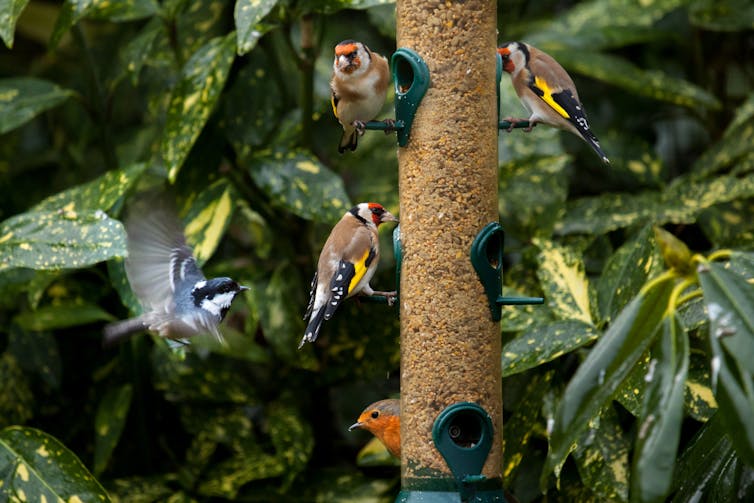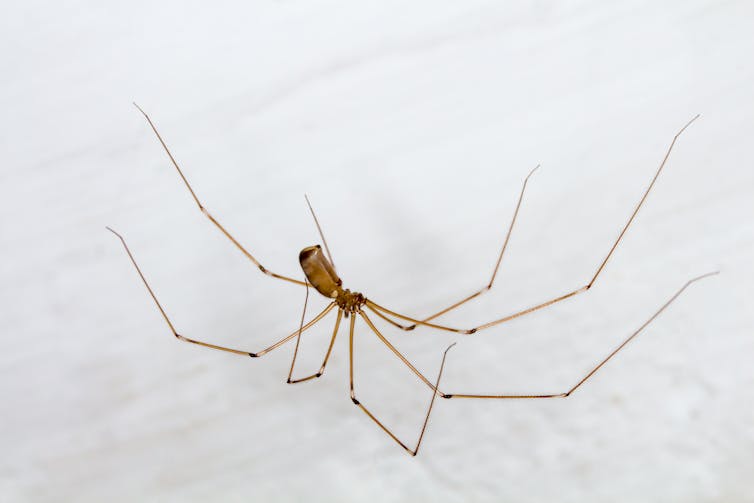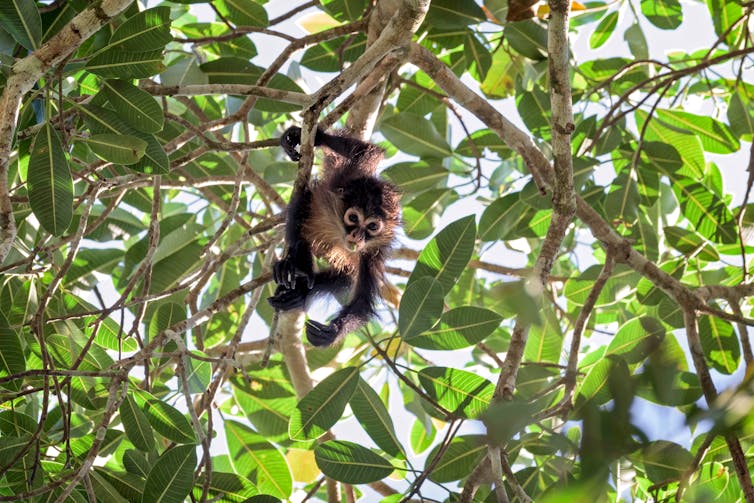Four ways people stuck at home became armchair naturalists during lockdown
19 August 2020Rebecca Young and Jordan Patrick Cuff, School of Biosciences
Who could have imagined that being confined to our homes would bring so many people closer to nature? With one-third of the world under lockdown at one point, a record number of people pitched in to help citizen science projects gather information about the natural world.
Citizen science allows members of the public to contribute to scientific research and, at a time when so much lab and field work has been put on hold, citizen scientists grant the scientific community access to large amounts of crowdsourced data.
As the pandemic brought entire industries and most international travel to a sudden halt, skies cleared and many people reported hearing the sounds of wildlife return – even in urban centres. An enormous global taskforce of volunteer data gatherers was on hand to capture this change, revealing to researchers with impressive clarity how the pandemic affected life on Earth. Being stuck indoors also focused minds on the unusual critters that share our homes and allowed people with a good internet connection to log records of species thousands of miles away.
1. Recording air pollution
Cities everywhere reported improved air quality as their streets fell quiet and road traffic plummeted. Under its 21-day lockdown that started on March 25, the smog cleared in Punjab in northern India and, for the first time in decades, unveiled the Himalayan mountain range more than 125 miles away.
These changes in air quality were reported and monitored worldwide by volunteers with Earth Challenge 2020. People submitted photographs of their horizons each day to a mobile app which, combined with other data, allowed researchers to estimate air quality with precision, without the need for sophisticated sensors.

2. Tracking urban wildlife
As well as scenic views, people reported wildlife returning to places from which it had been absent for many years. A sea of pink engulfed Mumbai as 150,000 flamingos migrated into the city in April.
But it’s not just these theatrical displays that captured our attention. More time at home also meant more time in the garden, for those lucky enough to have one. That afforded the UK’s regular garden visitors more recognition than usual.
Since 1995, the British Trust for Ornithology has run a year-round garden bird watch, encouraging people to record their bird sightings. Having public volunteers means that far more of this data can be collected than a single team could manage, providing a more accurate representation of the prevalence and distributions of birds across the UK, as well as annual changes and long-term patterns.
This year has seen a huge surge in participation, with the number of volunteers by June 2020 already exceeding the highest annual totals for every year since 2011.

3. Exploring the great indoors
The common daddy long-legs spider is a creature many of us are familiar with, often lurking in sheds or the corners of our homes. But it’s not a species often recorded in surveys, perhaps because it’s misidentified or because people assume it doesn’t warrant further attention.
The UK’s long lockdown has encouraged many people to pay closer attention to this household visitor though. The daddy long-legs spider is one of three species of cellar spider in the UK, and the British Arachnological Society launched a lockdown survey to help fill the gaps in the records of these species.
By providing photographs and guides to help people identify cellar spiders, and a platform to record their findings, this study has already identified daddy long-legs spiders in 13 new areas across the UK, and the rarer wine cellar spider in three.

4. Spotting species from afar
With most people cancelling their summer holidays, some are choosing to explore exotic locales from home instead. Deforestation threatens species in the tropical countries that many people like to visit, but new methods are being developed to monitor wildlife from afar, allowing people to join in from their living rooms.
Drones allow wide surveys of difficult-to-reach environments without disturbing the habitat. Using methods from astronomy, a research group at Liverpool John Moores University plans to use drone footage to identify spider monkeys threatened by habitat loss in Central America, cataloguing the true impact of deforestation so as to develop new ways to protect this species.

The problem with these studies is the huge amount of time it takes to identify species of interest from hours of footage. This is where trusty citizen scientists come in. By playing their own game of spot the spider monkey from the comfort of their homes during lockdown, volunteers identified the target species within drone images and provided invaluable data for researchers, which will help them build models that can automatically detect the monkeys in footage, saving time and energy for more data collection.
It’s never been easier for people to get involved with citizen science. This not only helps researchers, it also helps more people appreciate the boundless wonders of nature. It is our hope that the enthusiasm will continue long after lockdown has ended, so that more considerate and sustainable communities emerge from the other side of COVID-19.
This article is republished from The Conversation under a Creative Commons license. Read the original article.
- February 2025
- September 2024
- June 2024
- March 2024
- February 2024
- November 2023
- September 2023
- June 2023
- May 2023
- January 2023
- December 2022
- November 2022
- October 2022
- September 2022
- July 2022
- May 2022
- April 2022
- January 2022
- December 2021
- November 2021
- August 2021
- July 2021
- June 2021
- February 2021
- January 2021
- November 2020
- October 2020
- September 2020
- August 2020
- July 2020
- June 2020
- April 2020
- March 2020
- February 2020
- January 2020
- December 2019
- November 2019
- October 2019
- September 2019
- August 2019
- July 2019
- June 2019
- May 2019
- April 2019
- March 2019
- February 2019
- January 2019
- December 2018
- November 2018
- October 2018
- September 2018
- August 2018
- July 2018
- June 2018
- May 2018
- April 2018
- March 2018
- February 2018
- Biosciences
- Careers
- Conferences
- Development
- Doctoral Academy Champions
- Doctoral Academy team
- Events
- Facilities
- Funding
- Humanities
- Internships
- Introduction
- Mental Health
- PGR Journeys
- Politics
- Public Engagement
- Research
- Sciences
- Social Sciences
- Staff
- STEM
- Success Stories
- Top tips
- Training
- Uncategorized
- Wellbeing
- Working from home